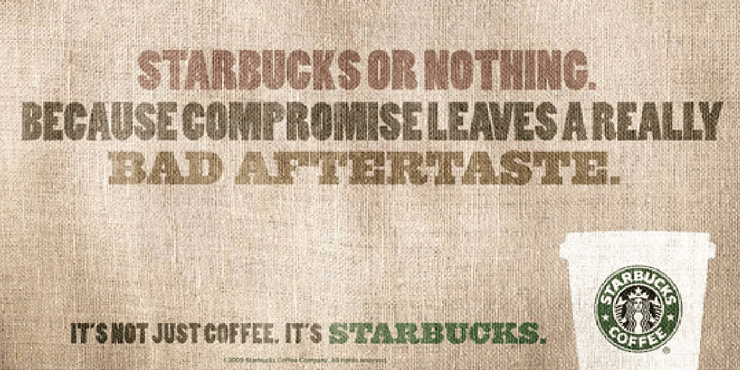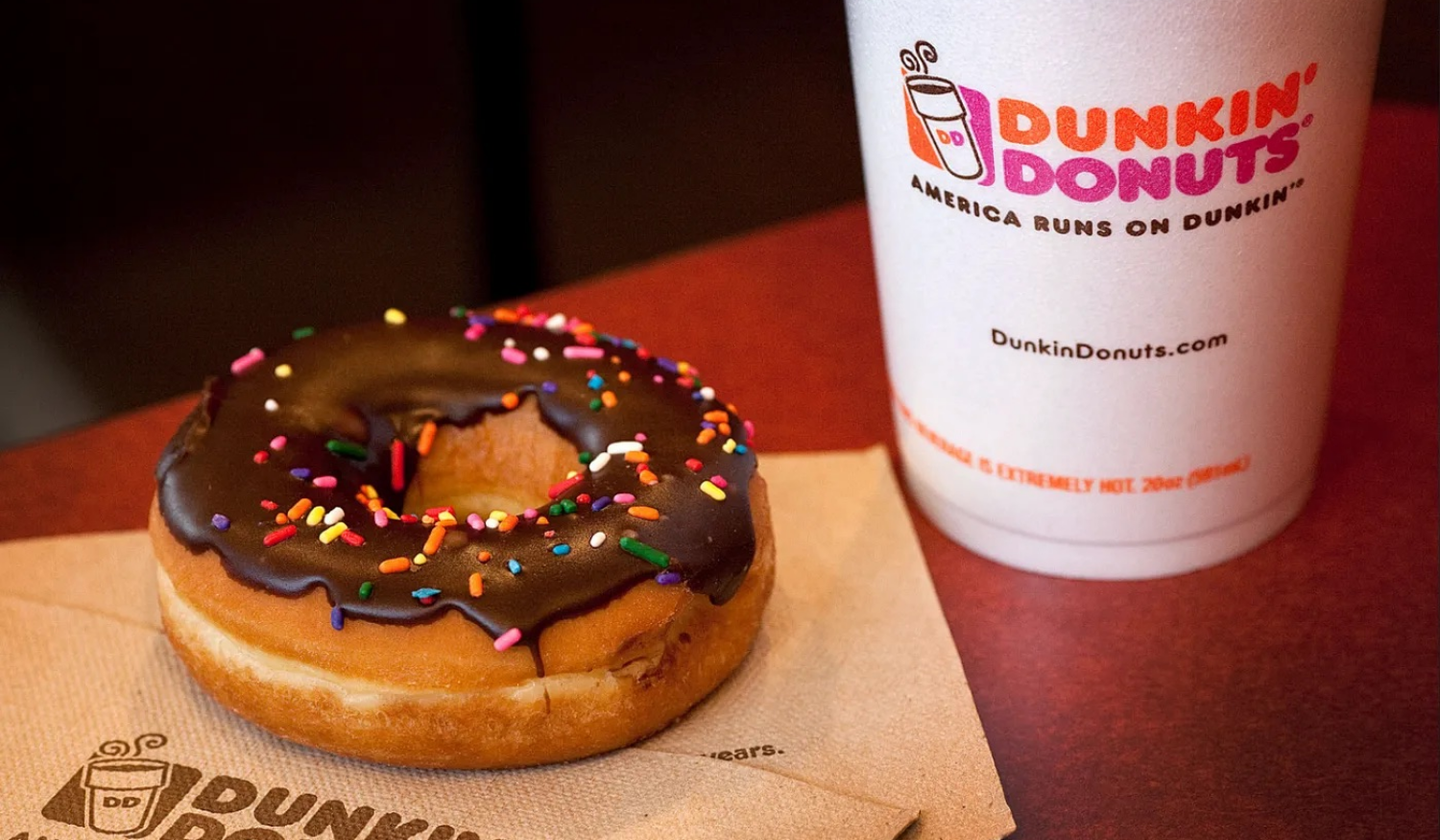When to Pair a Tagline with Your Logo
Your logo is the visual essence of your brand. It's often the first thing your customers see and can significantly shape their perception of your...

Your brand position, at its core, is a statement reflecting the perception your desired target audience holds to represent your values, offerings, and unique identity versus your competitors who may offer similar products and services.
Essentially, it’s what customers and prospects think or feel about your brand, products, logo, messaging, or any other aspect of your brand.
Much work goes into crafting a compelling brand positioning, so as marketers, you want to be sure you are consistently checking in on these customer perceptions. If these perceptions no longer align with who your organization is, what you represent, or who you strive to target, it’s time to reposition your brand.
Here, we will discuss five key factors that signal whether you may need to refresh your brand positioning.
Before we get into when to reposition your brand, let’s first take a look at what goes into a brand positioning in the first place. A general construct for a brand positioning statement would be to clearly articulate:
Harley Davidson uses this construct to define their brand positioning as:
the only motorcycle manufacturer
that makes big, loud motorcycles
for macho guys (and “macho wannabes”)
mostly in the United States
who want to join a gang of cowboys
in an era of decreasing personal freedom.

Image Source: Americanas
Should any factor that feeds into one of those five elements of your brand positioning happen to change, it would be wise to revisit your positioning statement to determine whether a repositioning is necessary.
Now let’s dive into how to recognize when to consider updating your brand positioning.
When performance results are lower than expected, marketers begin to act. Change in performance could be in the form of a shrinking market share, declining sales, a loss of revenue, declining brand awareness, brand perception shifts, or any other metric your brand may track. Keep in mind, however, that it’s not only downward shifts that should act as triggers for marketers to revisit their brand positioning. Positive shifts in performance may force your brand to expand into a more diverse market and competitive arena, which would unfailingly require you to revise your brand positioning.

Image Source: Spotify
Brand Example: Spotify
Spotify’s business model initially relied heavily on revenue from ads served to its free listeners. But over time, ad budgets were severely cut for many companies serving their ads on Spotify, challenging Spotify’s positioning of free music with ads. Spotify repositioned their brand to be subscription-based, a source for original content, and curated playlists, essentially establishing the brand to be more of a creator of content rather than a mere music provider.
As your business grows, the audiences attracted to your brand (hopefully) expands. As your brand begins to attract more people, there are more mindsets you will need to cater (and appeal) to. Similarly, should your target audience age, necessitating your brand to engage younger audiences, your current brand positioning will likely be irrelevant. Regardless of how your audience shifts, broader audiences require brands to evaluate the relevance of their current brand positioning.

Image Source: Business Wire
Brand Example: Old Spice
When your core audience relies on the loyalty of 70-year-old men, it doesn’t take long before you realize you may need to reposition your brand. Old Spice realized just this thing when Axe entered the market, appealing to a much younger audience (with a far more attractive lifetime value). Old Spice modernized their aging brand positioning and encouraged new audiences to “Smell Like a Man, Man” distancing itself from their grandpa’s-deodorant heritage.
While we may think of it as a BRAND positioning, marketers cannot lose sight that PRODUCTS also influence your brand positioning. As you expand into new offerings, there may be a mismatch between your current brand positioning and your desired expanded business objectives.
 Image Source: CNBC
Image Source: CNBC
Brand Example: Dunkin'
The Dunkin’ Donuts brand was originally synonymous with donuts, but as the brand began to expand into specialty coffees and compete with the likes of Starbucks and other coffee houses, a brand repositioning was necessary. Staying true to its donut heritage, Dunkin’ updated their brand positioning and modernized the brand so their coffees could play a greater role in their brand positioning. In addition to a brand messaging refresh, a logo redesign, packaging redesign, and store remodel were all efforts resulting from the brand repositioning.
Markets are constantly evolving; rarely are they static. People, and their priorities change. As a result, market conditions evolve, often impacted by economic shifts. And when economic factors change, people begin to re-prioritize their spending habits.

Image Source: WSJ
Brand Example: Starbucks
When Starbucks came on the market, it positioned itself as an alternative environment to home or work. Among coffee houses, Starbucks became a massive success as the third-space for how people spend their social time, complete with products tangential to coffee like music. But with a recession hitting the US in 2007–2009, several Starbucks locations were forced to close as Americans opted for more cost-effective coffee choices. Starbucks recognized this as an opportunity to revisit their brand positioning and repositioned themselves as a brand of coffee value and values, emphasizing their focus on quality to justify the added cost.
Your brand lives within the cultural mindset—culture impacts your brand’s relevance. As culture changes, so should your brand. If your brand fails to reflect or convey what is culturally relevant, it’s time to realign your brand positioning. What may have worked for your brand for a year, maybe even decades, may no longer be relevant, necessitating a brand transformation to usher in a new era.

Image Source: Ads of the World
Brand Example: Kellogg’s Special K
Kellogg’s Special K cereal brand was long positioned as a dieting brand, with the famous line proclaiming victory over belly fat of “you can’t pinch an inch.” For many years this proved to be a highly successful, and relevant, positioning for the brand, but over time a cultural shift happened—women (their core target audience) became tired of brands telling them to lose weight—leaving Special K with an outdated brand positioning. Kellogg’s recognized the evolving cultural truth and repositioned the Special K brand to be less about dieting or weight loss, and more about self-empowerment to own your overall health management.
The reasons to avoid revisiting your brand positioning are strong—it’s not a client facing document, there isn’t a single or clear signal to revamp your positioning, you can’t directly correlate a change in business results to a change in environmental factors—but if marketers don’t actively evaluate their brand positioning in light of internal and external market factors then they run the risk of losing control of their brand perception in the market. Keep a close eye on any shifts in sales trends, industry shakeups like new competitive entrants or new technologies. Be sure to revisit your brand positioning based on these five key elements, rather than an exercise undertaken annually at the beginning of your fiscal year. Your brand positioning is fluid, markets change, and the priorities of your current and prospective audiences change. As such, so should your brand positioning.
Sign up for our monthly newsletter to receive updates.

Your logo is the visual essence of your brand. It's often the first thing your customers see and can significantly shape their perception of your...

We are exposed to hundreds if not thousands of brand messages every day.

When thinking of conversion rate optimization, people often jump right to page design; however, the psychology behind decision-making often plays an...